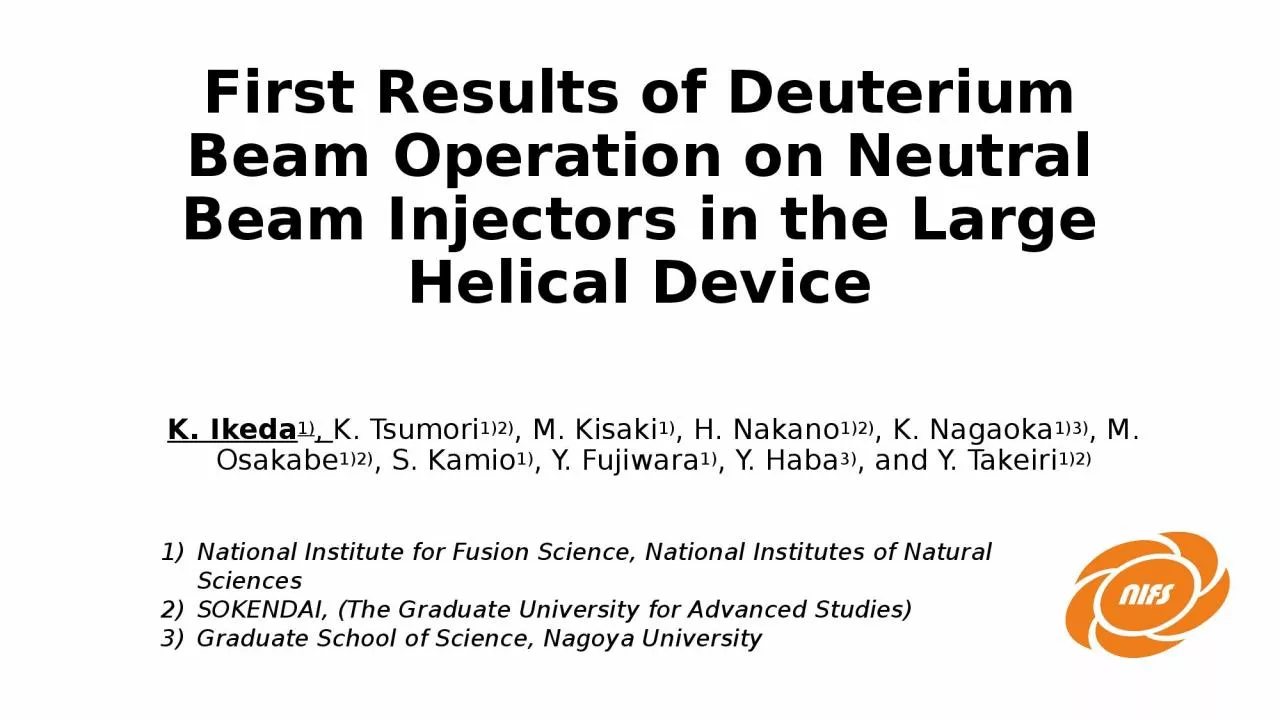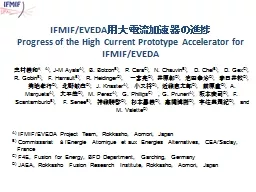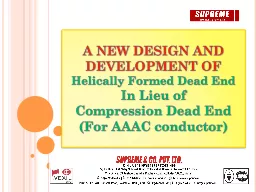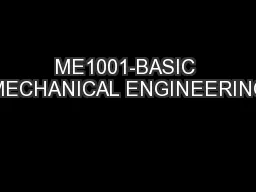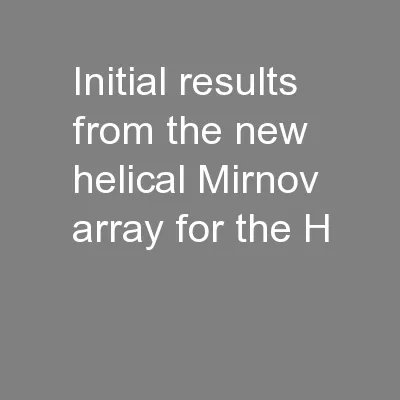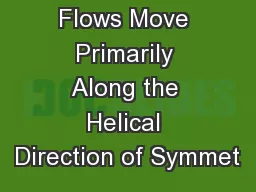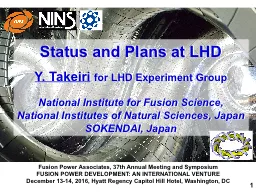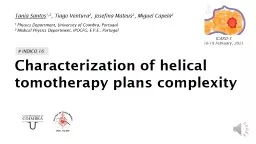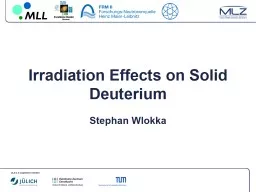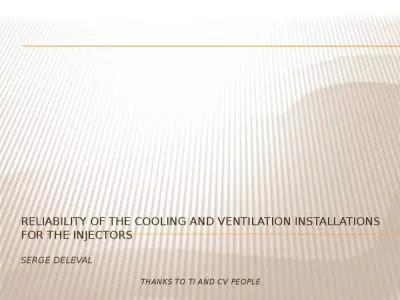PPT-First Results of Deuterium Beam Operation on Neutral Beam Injectors in the Large Helical
Author : gelbero | Published Date : 2022-06-11
K Ikeda 1 K Tsumori 12 M Kisaki 1 H Nakano 12 K Nagaoka 13 M Osakabe 12 S Kamio 1 Y Fujiwara 1 Y Haba 3 and Y
Presentation Embed Code
Download Presentation
Download Presentation The PPT/PDF document "First Results of Deuterium Beam Operatio..." is the property of its rightful owner. Permission is granted to download and print the materials on this website for personal, non-commercial use only, and to display it on your personal computer provided you do not modify the materials and that you retain all copyright notices contained in the materials. By downloading content from our website, you accept the terms of this agreement.
First Results of Deuterium Beam Operation on Neutral Beam Injectors in the Large Helical: Transcript
Download Rules Of Document
"First Results of Deuterium Beam Operation on Neutral Beam Injectors in the Large Helical"The content belongs to its owner. You may download and print it for personal use, without modification, and keep all copyright notices. By downloading, you agree to these terms.
Related Documents

